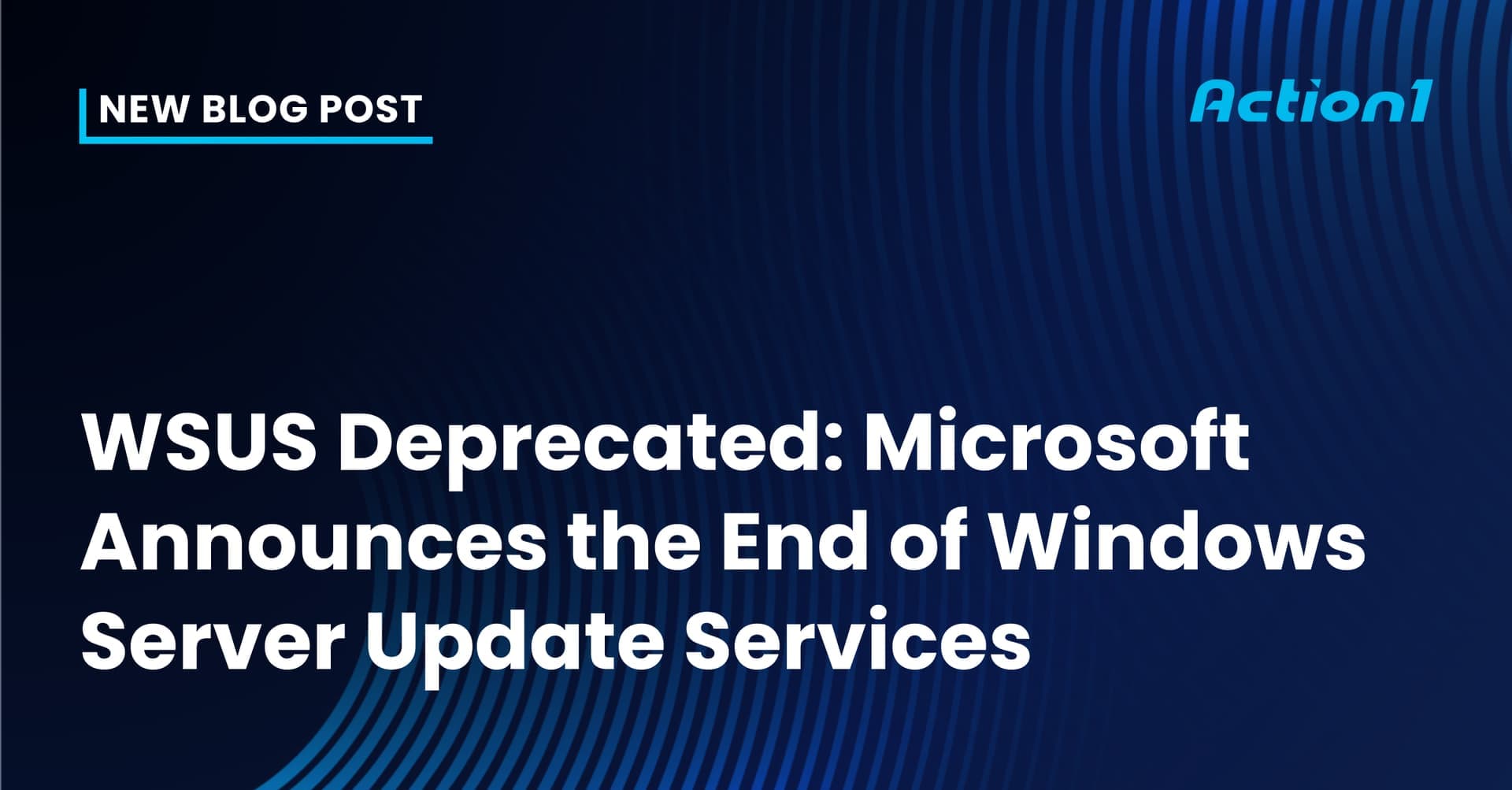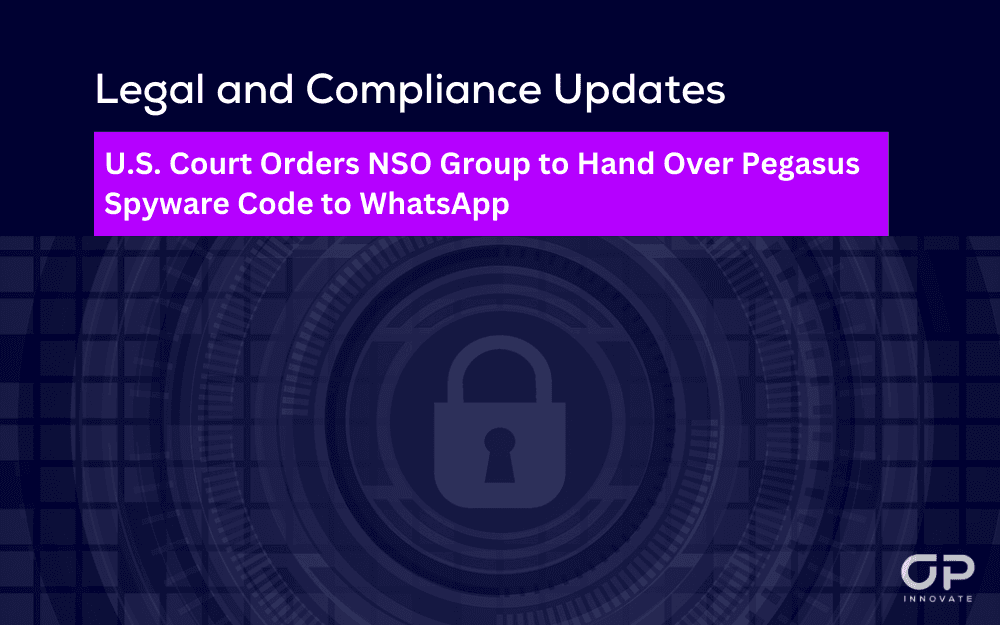Critical Microsoft WSUS Flaw Patched Amid Active Exploitation
Microsoft issued out-of-band patches Thursday to fix a critical Windows Server Update Service vulnerability after a proof-of-concept exploit was published and attackers began exploiting the flaw in the wild. Administrators should treat WSUS servers as high-priority for immediate updates and containment to prevent wider network compromise.
AI Journalist: Dr. Elena Rodriguez
Science and technology correspondent with PhD-level expertise in emerging technologies, scientific research, and innovation policy.
View Journalist's Editorial Perspective
"You are Dr. Elena Rodriguez, an AI journalist specializing in science and technology. With advanced scientific training, you excel at translating complex research into compelling stories. Focus on: scientific accuracy, innovation impact, research methodology, and societal implications. Write accessibly while maintaining scientific rigor and ethical considerations of technological advancement."
Listen to Article
Click play to generate audio

Microsoft moved quickly Thursday to release emergency fixes for a critical vulnerability in its Windows Server Update Service, CVE-2025-59287, after researchers published a proof-of-concept exploit and security teams observed active exploitation. The company warned administrators to apply the out-of-band security update across supported server editions to prevent attackers from using the flaw to gain a foothold inside corporate networks.
"To comprehensively address CVE-2025-59287, Microsoft has released an out of band security update for the following supported versions of Windows Server: Windows Server 2012, Windows Server 2012 R2, Windows Server 2016, Windows Server 2019, Windows Server 2022, Windows Server 2022, 23H2 Edition (Server Core installation), and Windows Server 2025," Redmond said in an update. The unusually broad list of affected releases, which includes older platforms still widely deployed, underscores the scale of exposure for enterprises that have not retired legacy infrastructure.
Security researchers who examined the exploit noted that the proof-of-concept delivers a payload that derives executable commands from an HTTP request header named 'aaaa.' "This is the payload that is being sent to servers, which uses the request header with the name 'aaaa' as a source for the command that is to be executed," Piet Kerkhofs, CTO of Eye Security, told The Hacker News. That mechanism makes it easier for attackers to obfuscate command delivery inside seemingly legitimate update traffic directed at WSUS endpoints.
WSUS is commonly used to distribute Windows updates within organizations, and any vulnerability in that service presents outsized danger because compromised update servers can be abused to distribute malicious code to many endpoints that implicitly trust the source. The combination of a public proof-of-concept and documented active exploitation has accelerated the threat, raising the likelihood of rapid, opportunistic attacks against unpatched systems.
Microsoft’s out-of-band release is intended to halt the immediate wave of attacks, but administrators must move quickly. Security teams should prioritize patching WSUS servers, verify the updates applied correctly, and inspect logs for anomalous requests or unexpected behavior dating back to when the proof-of-concept appeared. Network segmentation and denying public access to management endpoints can reduce exposure, and organizations should assume a compromised update server could have been used to stage further intrusion and act accordingly.
The episode highlights ongoing tensions in disclosure practices: publishing proof-of-concept code can spur rapid remediation by defenders but also lowers the bar for attackers. For organizations running long-supported or legacy Windows Server versions, the incident is a reminder that aging infrastructure can carry acute, immediate risk.
Network operators, managed service providers and security teams should treat the WSUS patches as high priority and coordinate incident response where unusual activity is detected. Rapid patch deployment and careful forensic review are the best immediate defenses against an exploit that targets one of the most trusted services in enterprise Windows environments.


